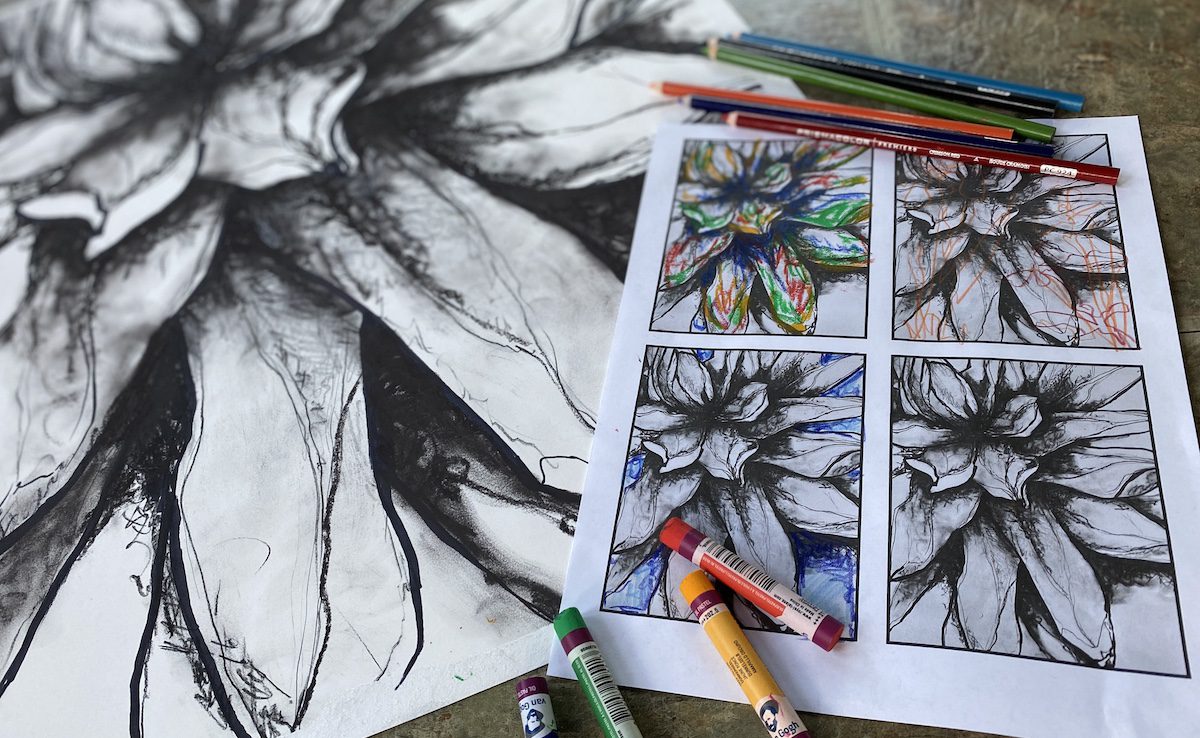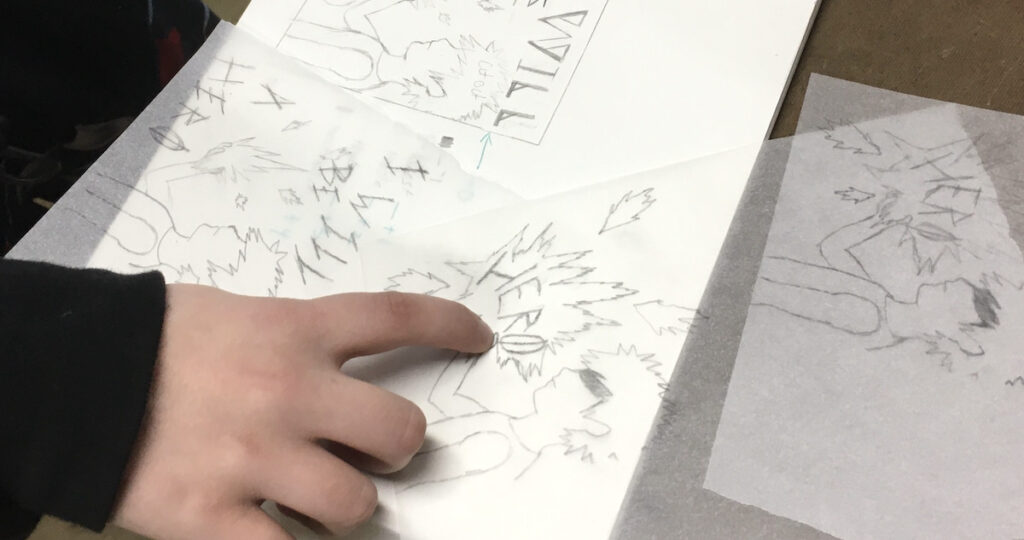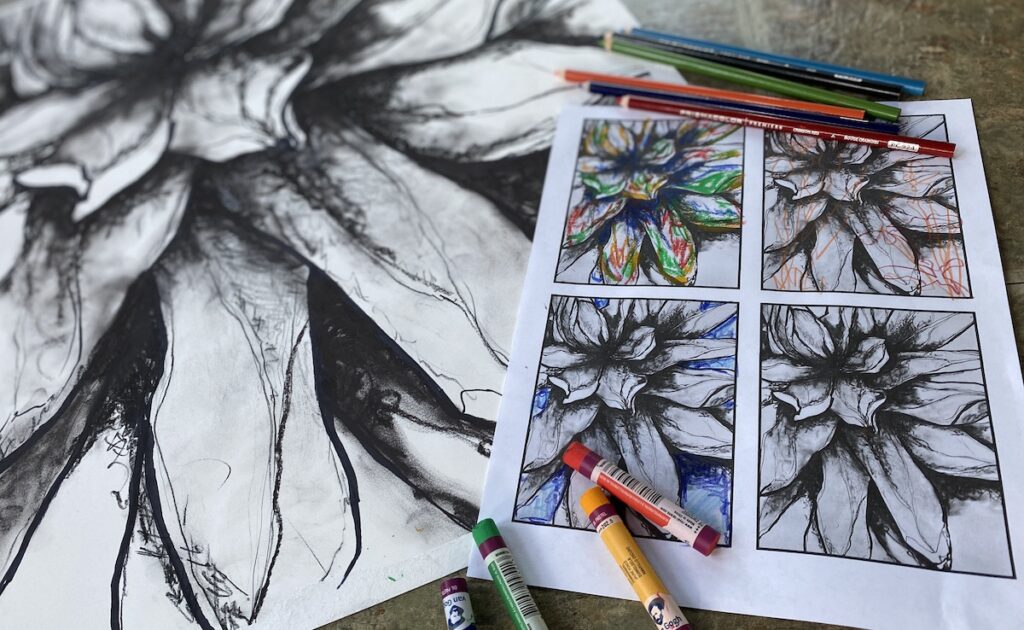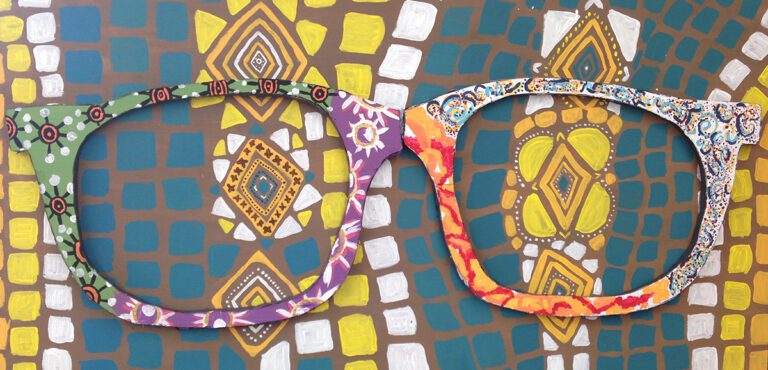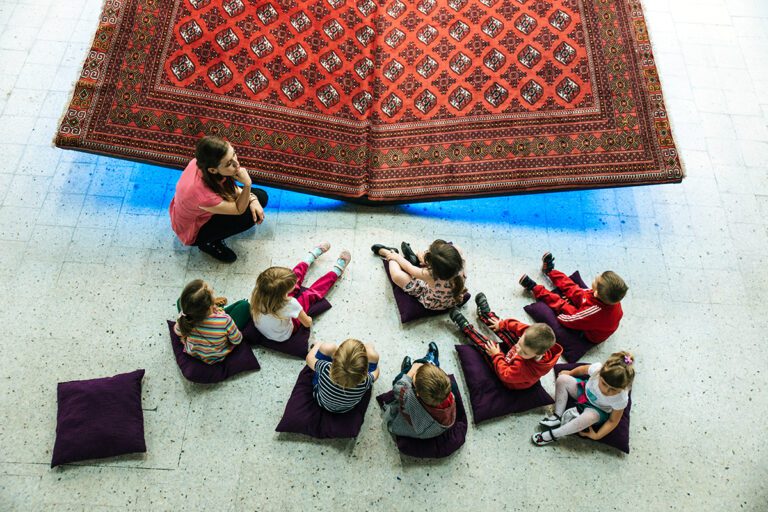Revision is a key component of the creative process, but it is often overlooked or forgotten. We know the important role feedback plays during artmaking, but students often hesitate to make changes even with the best advice. Are students really that stubborn about their own work? Sometimes! But most of the time, they are afraid to make the wrong changes. One way to help ease students into revision is to make it accessible to students with low-risk strategies.
5 New Ways to Revise Old Artwork
1. Critique Comes First
The first step to any revision process is critique. Too many times, we save critiquing artwork for the end product. However, giving and receiving feedback is most effective when it occurs consistently throughout the creating process. Ensuring students connect feedback directly with the revision process is just as important as celebrating the end product. When considering effective critique for revision, think about specific questioning strategies to get the most out of peer feedback.
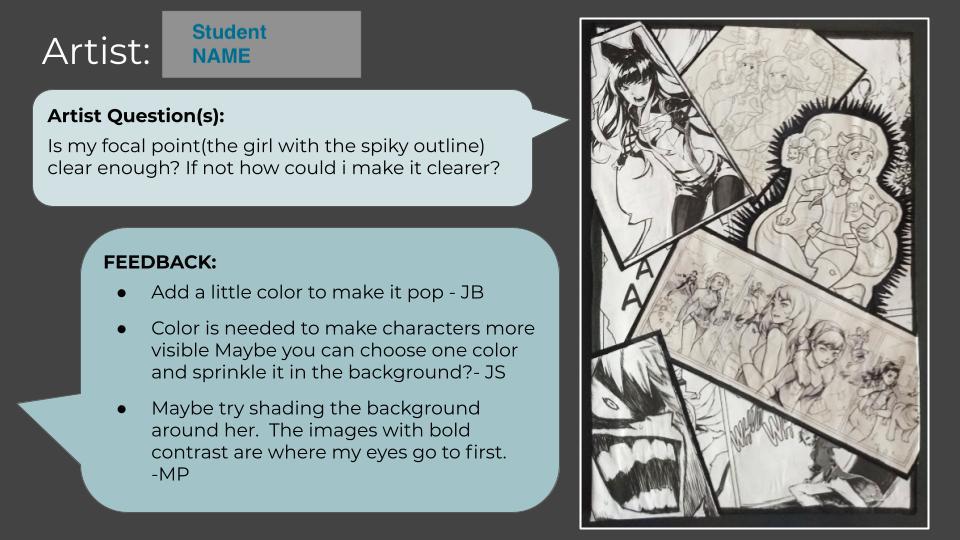
3 Ways to Critique
Targeted Feedback: Of course, students can give a lot of general feedback about an artwork. But artists will often think, “I didn’t need advice on that; I’m still working on it.” Instead, ask students to decide what they would like feedback on while they are creating.
- Ask students: What is something I want feedback on? Give three specific questions you want to ask about your work.
- In peer critique: Ask students to respond to one question that speaks to them and add on to one other peer comment. You’ll get more authentic feedback when giving peers a choice of what they connect with.
Meaning Making: When focusing on conveying meaning, students have their own interpretation of their vision. What about the audience?
- Ask students: What am I trying to convey? Jot down your intentions in three or fewer sentences.
- In peer critique: What do you see here? What does this mean to you? What do you think this work is about?
Technique Talk: Sometimes, your students are working toward mastery of a technical standard. If they feel confident with their value shading but are worried about their colored pencil blending, students can ask for specific rubric feedback.
- Ask students: What techniques do I need specific support with? Look at the rubric or artwork expectations. Choose one technique you want specific feedback on to improve.
- In peer critique: How does the artist use this technique in their artwork? What is working well? How could they improve this technique to make their artwork stronger?
Targeting specific feedback will help students know what to focus on at any given point in their creating. Make sure to practice critiquing regularly to help students improve their artwork and also their art literacy skills.
2. Tracing Paper Tactics
Tracing paper is one of the most underrated tools in art class. Not only can you sketch, re-sketch, and sketch some more, but now you can literally draw on your student’s artwork without actually drawing directly on the artwork.
Ask students to give their peers feedback by laying a large piece of tracing paper over their artwork. Students can annotate directly onto the tracing paper, help correct proportions, or show each other ideas without altering the original. Once students like the changes, they can do a graphite transfer directly onto the artwork to give a foundation to work from.
3. Cut and Collage
There is nothing better than a good old-fashioned cut and paste with actual scissors and glue. Students create incredible drawings in their sketchbooks and then are devastated to think of redrawing onto another background. Or, the composition is a little “off,” and it would be better if you could move one subject to the left. But now we have to redraw the whole thing?
Instead of starting all over from scratch, do a little scissor work to cut around the subject. Then, you can try out different backgrounds or move pieces around to create a new composition. Take photos of the work as you move them around to help you decide which is the best placement.
4. Photo and Print
Oftentimes students will be working on a significant piece but are too afraid to “mess it up” with any revisions. Receiving advice from others without having a clear understanding of the final vision can be daunting.
Instead of taking big risks, take a photo! Printing off multiple images on a smaller scale allows students to take risks, try out different techniques, and experiment to see what changes they would like to tackle without the fear of “ruining” their actual artwork. Try out some new media choices directly on the mini versions with no fear of mistakes.
5. Digitally Manipulate
A huge saving grace for the revision of student artwork is technology. Students can use digital drawing apps or collaging functions to layer, fix, and tweak their physical artwork. If students run out of supplies, can’t find the right materials, or want to try a new idea without physically modifying their work, digital manipulation is the way to go.
Simply take a photo of the physical artwork and modify it digitally. This option has been a lifesaver during pandemic teaching. When students move in and out of in-person, hybrid, and online learning, leave the art supplies at school. Students can play with scale at home, change out backgrounds, layer clones, or enhance contrast to create a whole new artwork. Use digital tools to create a series of work with repeating or cohesive layers and your physical images.
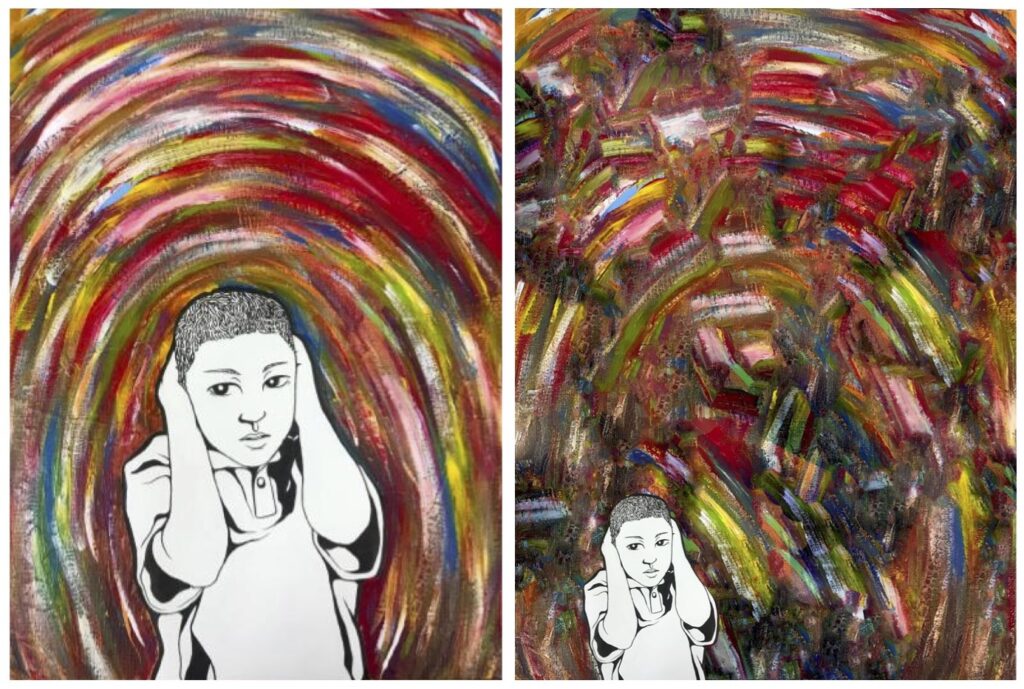
Pushing our students to develop their artwork even one step further is definitely a challenge. Making revisions involves vulnerability and risk. Practice revising work regularly and offer multiple low-risk ways to do so. Continue engaging that feedback loop and push students to consider “what next” and “what else.” Even if they don’t do extensive revisions, getting students to consider other options or ideas will solidify their artistic voice.
How do you incorporate critiques to support revision?
What are your favorite revision techniques?
Magazine articles and podcasts are opinions of professional education contributors and do not necessarily represent the position of the Art of Education University (AOEU) or its academic offerings. Contributors use terms in the way they are most often talked about in the scope of their educational experiences.
